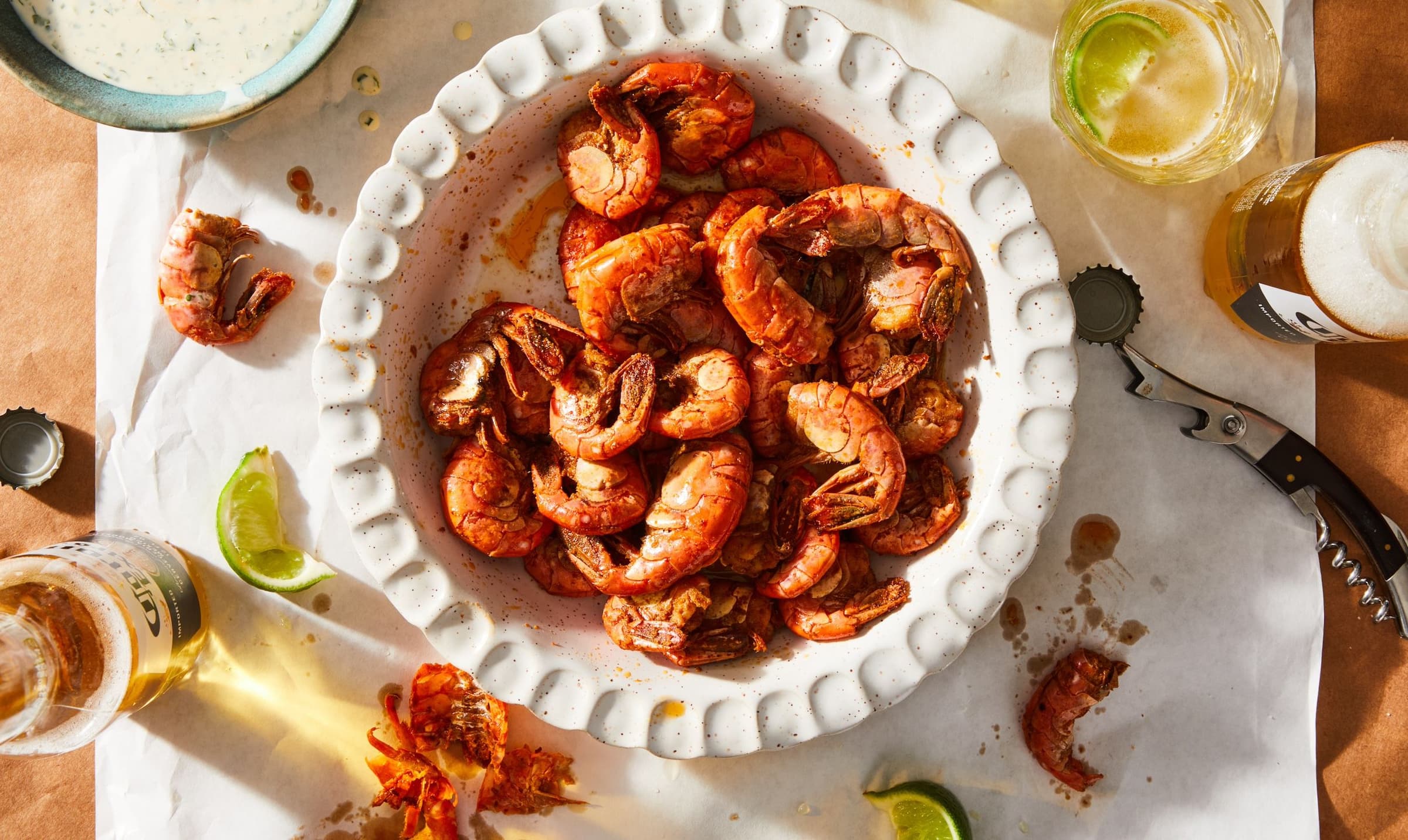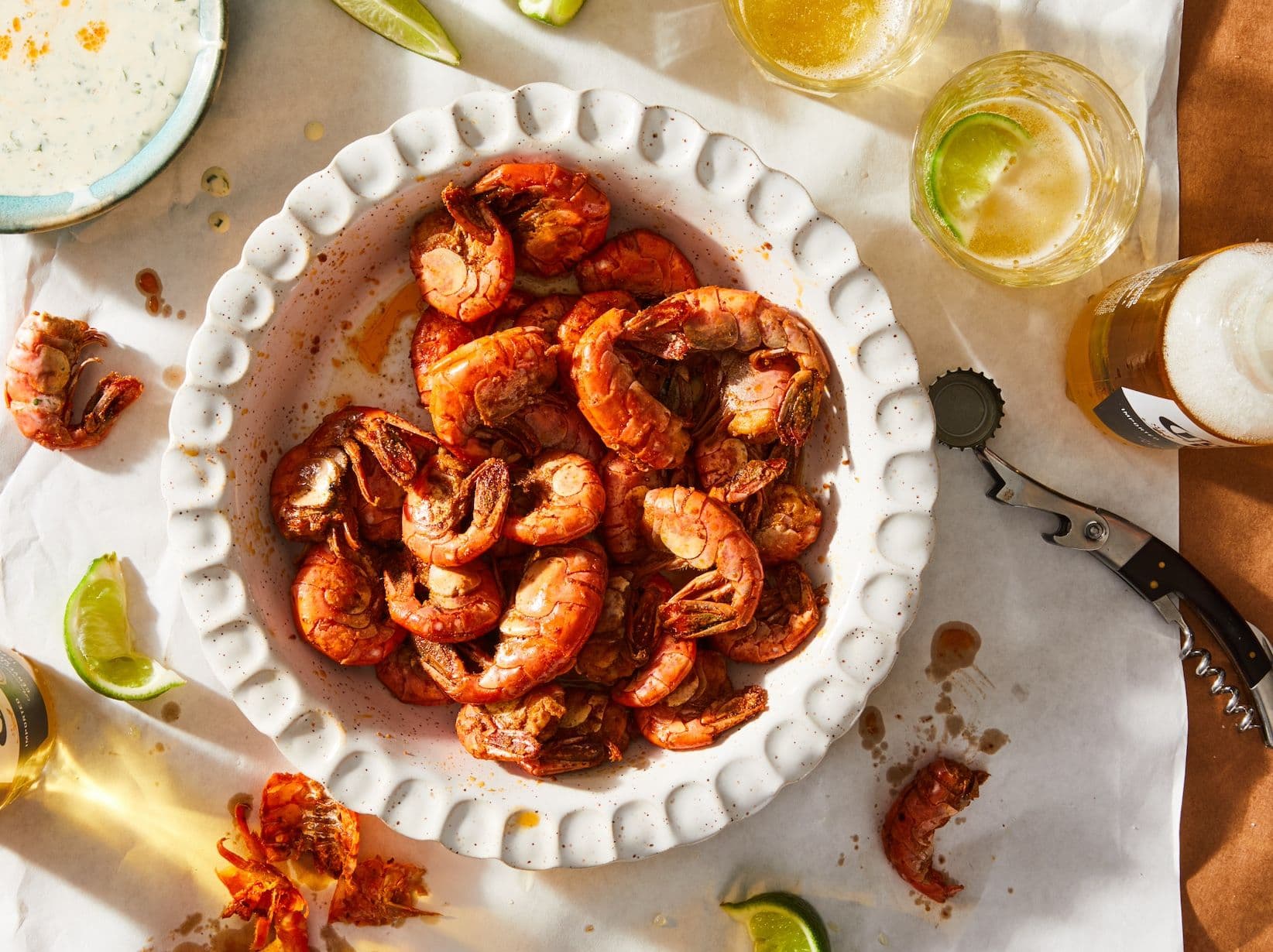Fish Talk hosts, Paul Greenberg and Nic Mink speak to us today from the kitchen, where they are cooking up three different types of shrimp to sample: Wild Louisiana shrimp, farmed shrimp from Vietnam, and, yes, vegan shrimp.
Chef Andrea Reusing, of the restaurant Lantern in Chapel Hill, North Carolina, joins them to taste test thee three shrimp.
Wild
Wild shrimp in Louisiana and Alaska are known for their high quality. Wild seafood also supports a heritage industry that is an important part of the fabric of coastal communities.
Flavor:
- "Clean"
- Classic shrimp flavor
- "Like a French restaurant in the '60s or something,"
- Sweet, earthy (fresh water) flavor, not briny
- "Has a note of iodine?"
- Similar to shrimp bisque
Texture:
- Delicate
- Tender texture with pleasing bite
Farmed
Unfortunately, there's very little transparency around farmed shrimp and often major damage to the environment as a result. What was once an artisanal method eventually became the industrial farming method we are familiar with today, warranting pushback from those concerned with the harmful side effects of farmed seafood, including the environmental impacts and more. Farmed shrimp are susceptible to many different diseases, which is why it has a reputation for containing antibiotics.
Flavor:
- Very mild
- "What people associate with shrimp."
- Briny taste
- "The flavor is in there, but it's not the shrimp flavor, it's salt."
Texture:
- Has a firmer texture than wild shrimp
- Juicy
Vegan
Monica Van Cleve-Talbert, Co-Founder and CEO of The Plant Based Seafood Company, found that many of these outsourced products were being injected with chemicals without disclosure. Rather than supporting this widely corrupted industry, Monica wanted to create products that consumers could trust. When their one plant-based product garnered the most excitement and attention, they committed to the plant-based market.
Flavor:
- "It's like eating a symbol of shrimp."
- Much sweeter than the other two
- A slight "baloney" flavor
Texture:
- "The texture is the thing that I love about it most."
- Similar to fake crab (also called surimi)
- "The texture's really cool."
Our Experts:
Andrea loves shrimp, and as a restaurant owner, she says she finds it extremely difficult not to serve shrimp when adding it to a dish will ensure that it sells out that night.
Andrea outlines a few of the major problems with shrimp. First, the by-catch that comes alongside it is exponential. For every pound of shrimp served, there could have been as much as 10 pounds of unnecessary by-catch of other species thrown away. So, she tends to serve it in smaller portions alongside other items such as vegetables or the by-catch caught from the shrimp harvest, rather than a single large portion of only shrimp.
What's more, consumers have become so used to eating farmed shrimp that they find wild-caught shrimp to taste too “shrimpy.” Unfortunately, there's very little transparency around farmed shrimp and often major damage to the environment as a result. For example, Louisiana is losing its shrimp nursery at the rate of about one football field of marsh every 100 minutes.
Thomas Hymel, Director of Louisiana Fisheries Forward Education Program, explains that the majority of Louisiana wild shrimp comes from the Gulf of Mexico. Then, he breaks down the life cycle of shrimp and how they are harvested to reach the seafood market. Louisiana marshes are being lost to various forms of degradation over time, especially in the last 50 years. Thomas advocates for the high quality of wild shrimp, which supports a heritage industry that is part of the fabrication of the local communities.
Flavio Corsin, Director of Partnerships at Aqua-Spark, lived in Vietnam for 14 years working in agriculture and shrimp farming. He breaks down the timeline of shrimp aquaculture, which was considered “The Blue Revolution” in the 1980’s. What was once an artisanal method eventually became the industrial farming method we are familiar with today, warranting pushback from those concerned with the harmful side effects of farmed seafood, including the environmental impacts and more. Farmed shrimp are susceptible to many different diseases, which is why it has a reputation for containing antibiotics.
Monica Van Cleve-Talbert, Co-Founder and CEO of The Plant Based Seafood Company. She and her family didn’t set out to create plant-based products. They began with a small seafood shack in the Chesapeake Bay, and they seized an opportunity in 2013 to embrace retail products. Their local fishermen couldn’t supply the volume they needed, forcing them to look elsewhere for supply. Many of these outsourced products were being injected with chemicals without disclosure. Rather than supporting this widely corrupted industry, Monica opted to create products that consumers could trust. When their one plant-based product garnered the most excitement and attention, they committed to the plant-based market.
So, how did these three shrimp compare?
Key Ideas:
0:00 - Hosts Paul and Nic introduce the podcast series.
1:17 - Preface for today’s episode.
2:41 - Paul and Nic set the scene for today’s episode, straight from the kitchen.
4:40 - Today’s guest, Andrea Reusing, introduces herself.
6:35 - The problems with shrimp.
10:51 - Paul discusses Louisiana wild shrimp with Thomas Hymel.
22:55 - Paul discusses Vietnamese shrimp farming with Flavio Corsin.
42:45 - Paul discusses Mind Blown Shrimp vegan shrimp with Monica Van Cleve-Talbert.
51:15 - The big taste reveal.
Episode produced by Alana McKeever



